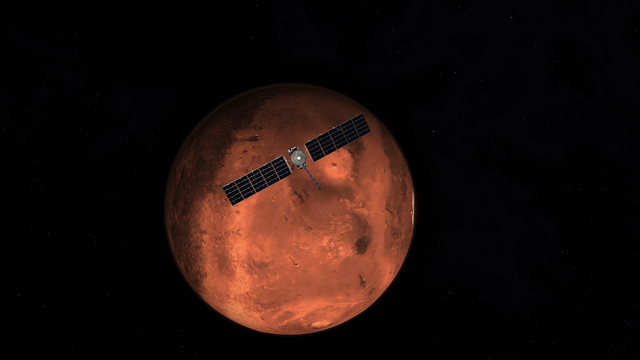|
Friday, February 28, 2025
Day in Review: NASA Uses New Technology to Understand California Wildfires
Posted by
Deep
at
4:15 PM
0
comments
![]()
Wednesday, February 26, 2025
Day in Review: 6 Things to Know About NASA’s Lunar Trailblazer
The small satellite mission will map the Moon to help scientists better understand where its water is, what form it's in, how much
|
This message was sent to chantybanty1.chanti@blogger.com from jplnewsroom@jpl.nasa.gov
NASA's Jet Propulsion Laboratory
NASAJPL
4800 Oak Grove Dr
Pasadena, CA 91109
NASA's Jet Propulsion Laboratory
NASAJPL
4800 Oak Grove Dr
Pasadena, CA 91109
Posted by
Deep
at
6:09 PM
0
comments
![]()
Tuesday, February 25, 2025
Day In Review: NASA’s Europa Clipper Uses Mars to Go the Distance
Europa Clipper Uses Mars | Why Mars is Red | EZIE Launching to Study Magnetic Fingerprints
|
This message was sent to chantybanty1.chanti@blogger.com from jplnewsroom@jpl.nasa.gov
NASA's Jet Propulsion Laboratory
NASAJPL
4800 Oak Grove Dr
Pasadena, CA 91109
NASA's Jet Propulsion Laboratory
NASAJPL
4800 Oak Grove Dr
Pasadena, CA 91109
Posted by
Deep
at
4:06 PM
0
comments
![]()
Subscribe to:
Posts (Atom)








